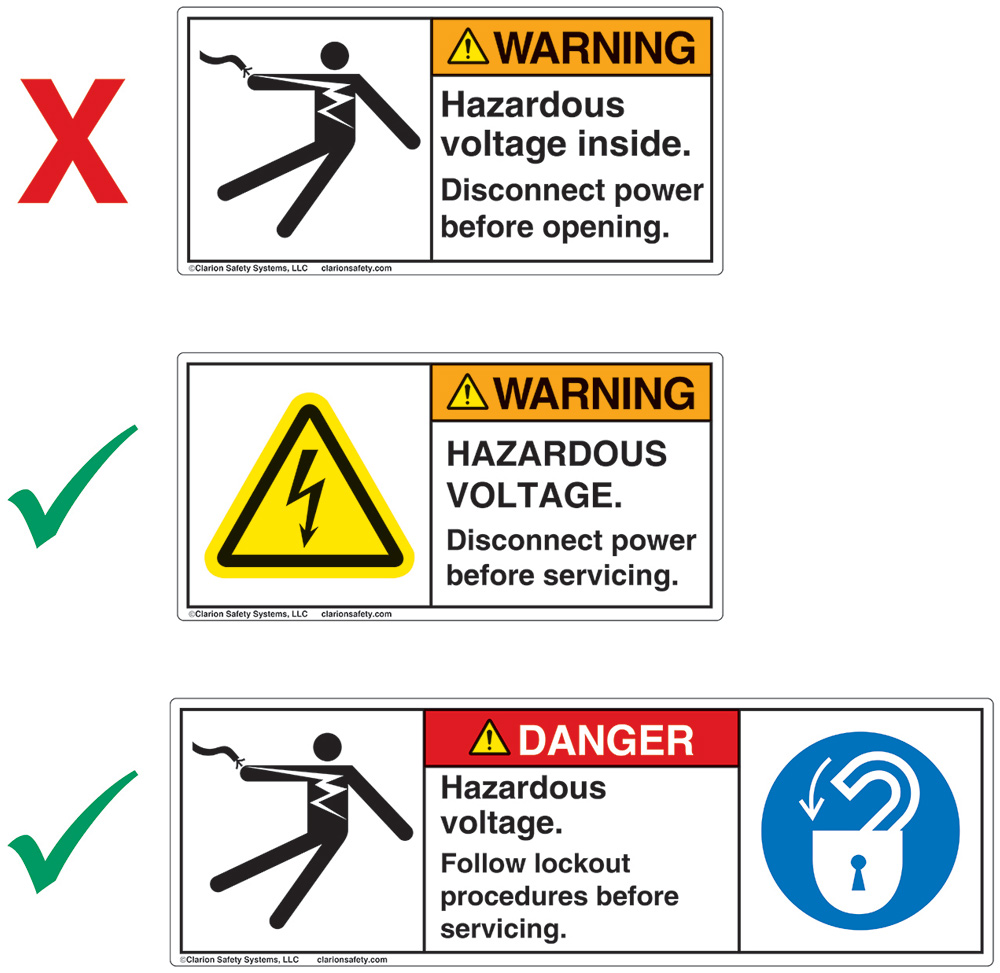Product Safety and the Pandemic
he pandemic has brought many changes in the way we do business. For equipment manufacturers, that may equate to big picture shifts related to your supply chain, vendors, and production. At the time of writing, COVID-19 continues to surge; even once the virus is better contained, though, its impact in areas like those will likely have a lingering effect for some time to come. Here, let’s explore key considerations to keep in mind for your product safety strategy, warnings, and instructions.
“Over the past months, a common trend we’ve seen with product manufacturers is the need to reevaluate their supply chains to ensure they’re well-positioned to continue business despite hurdles with the current environment – everything from vendor shutdowns to issues with fulfilling orders,” says Angela Lambert, who consults with product safety teams on a regular basis through her role heading standards compliance at Clarion Safety Systems.
When changes occur to global supply chains and production capabilities it may, in turn, bring shifts to your product safety strategy, including warnings and instructions. That can range from evaluating the quality and on-time delivery of new vendors, or on a wider level, the actual warnings and instructions used, based on shifts to your audience.
“Pay special consideration to their location and any changes from that standpoint,” says Lambert, who is also involved at the leadership level in the development of the ANSI and ISO standards for product safety, including as the chair of ANSI Z535.1 Safety Colors. “Depending on whether your audience is primarily U.S. or internationally-based will help you to decide if your focus is on adhering to the ANSI or ISO product safety label standards.”
That’s because these two main standards for product safety label and symbol choice are based on audience location: the ANSI Z535.4 Standard for Product Safety Signs and Labels is for domestic use while ISO 3864–2 Graphical symbols – Safety colours and safety signs – Part 2: Design principles for product safety labels is for international use.
You have several main choices to be aware of, contingent on whether your products are shipped and used within the U.S. or internationally – and whether you choose to focus on the ANSI or ISO standards:
- Use of internationally-recognized symbols: While ANSI doesn’t mandate symbol use, symbols are highly encouraged. Follow best practice by using ISO 7010 symbols – or ones created with ISO design principles. The ISO 7010 standards establish one consistent, worldwide library of symbols – continuously refreshed.
- Use of the right safety alert symbol: On your hazard alerting labels, per ANSI Z535.4, you have the option to use several different types of safety alert symbols. See Figure 1. Versions D and E are provided to allow for consistency with ISO standards; one of these two versions is needed to align with both the ANSI and ISO standards.
- Use of at least one symbol within an ISO colored surround shape: If your goal is to comply with the ISO standards, an ISO-formatted surround shape must be used around at least one safety symbol in your warning (keep in mind that excludes the safety alert symbol). See Figure 2. Symbols without an ISO colored surround shape can be used in addition to one or more ISO formatted symbols (called a “supplementary safety symbol” by ISO).


